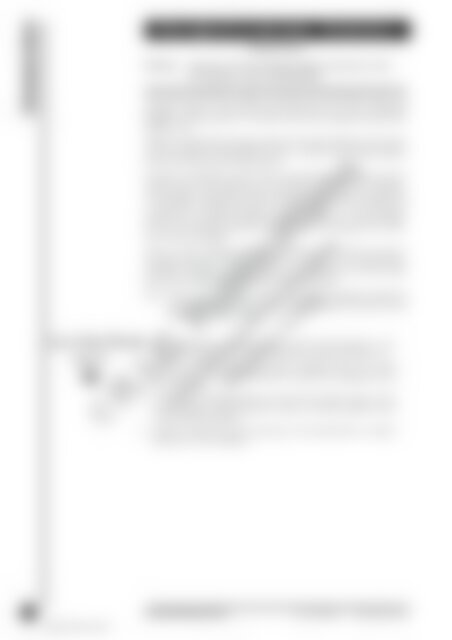RIC-0667 Aboriginal Cult 5-6
You also want an ePaper? Increase the reach of your titles
YUMPU automatically turns print PDFs into web optimized ePapers that Google loves.
Communication<br />
Letters Make Words<br />
(page 55)<br />
<strong>Aboriginal</strong> Languages – Extension<br />
Indicator:<br />
Teachers Notes<br />
Appreciates that many <strong>Aboriginal</strong> people communicate in their<br />
own language as well as speaking English.<br />
This section will enhance students’ awareness of the <strong>Aboriginal</strong> culture and<br />
languages. Students will understand that although there are many <strong>Aboriginal</strong><br />
languages still being spoken in Australia today, many <strong>Aboriginal</strong> people speak<br />
English as well.<br />
English is the predominant language spoken by Australians. Whether or not people<br />
come from different backgrounds, they have a common link through language,<br />
which is the main form of communication.<br />
Australia is a multicultural society. There are people from many cultures living in<br />
Australia today. These people living in Australia also have their own languages.<br />
These languages are thousands of years old, and have passed down from generation<br />
to generation. <strong>Aboriginal</strong> people also speak English. In some <strong>Aboriginal</strong><br />
communities in Australia, <strong>Aboriginal</strong> people use English as a second language.<br />
However, most <strong>Aboriginal</strong> people use English as their first language and, in many<br />
cases, their only language.<br />
There are many language centres across Australia endeavouring to preserve<br />
<strong>Aboriginal</strong> languages. Many schools are also trying to teach schoolchildren<br />
<strong>Aboriginal</strong> languages. <strong>Aboriginal</strong> people are participating in activities which<br />
promote their culture in schools and the wider community.<br />
Note: There are over 250 different documented <strong>Aboriginal</strong> languages and dialects<br />
with varying pronunciations. It is strongly suggested you contact a local<br />
<strong>Aboriginal</strong> language speaker.<br />
• Talk about languages with the class. If you speak another language or even<br />
just some words, give the class the opportunity to repeat them after you.<br />
• Tell the students the language they speak is English. (If you have a child<br />
from another culture, encourage him/her to share his/her language with the<br />
rest of the class.)<br />
• A visit from an <strong>Aboriginal</strong> speaker or someone from another culture to share<br />
his/her language would be ideal, but as this is not always possible, use the<br />
words from the worksheets.<br />
• Students could write the names and copy or write simple words to complete<br />
Question 2 on the worksheet.<br />
©R.I.C. Publications<br />
Low Resolution Images<br />
Display Copy<br />
54 Australian <strong>Aboriginal</strong> <strong>Cult</strong>ure R.I.C. Publications www.ricgroup.com.au<br />
ISBN 978-1-86311-807-1


















